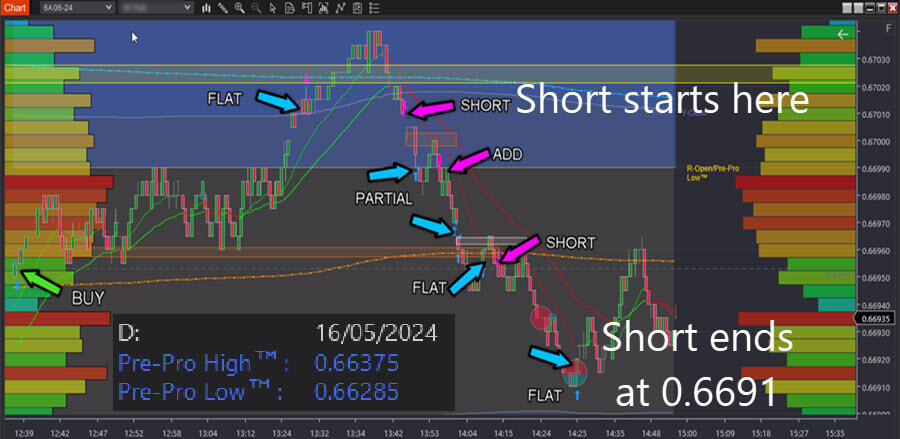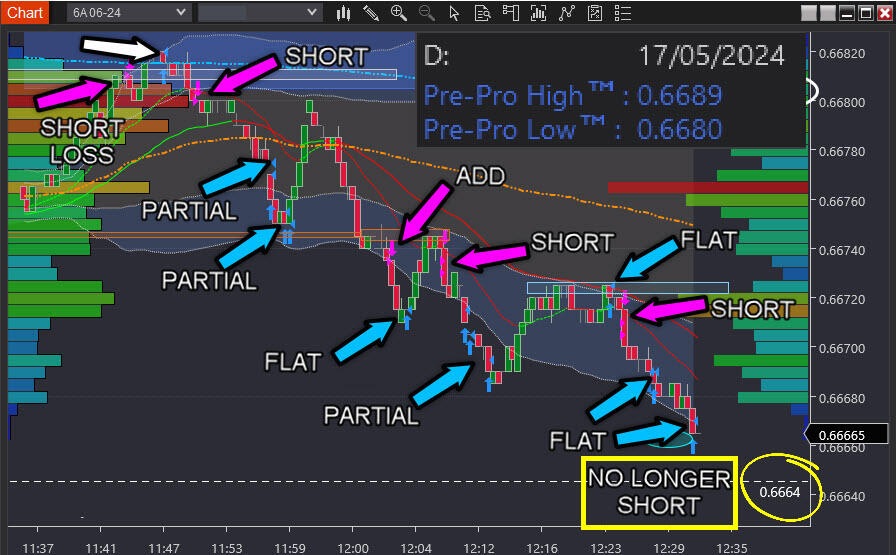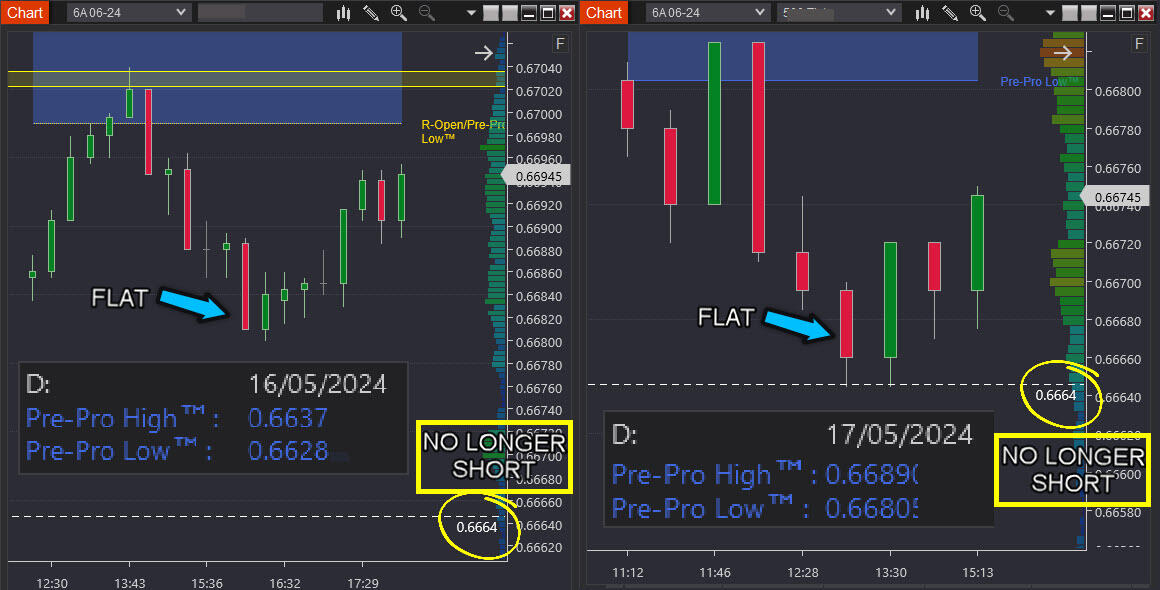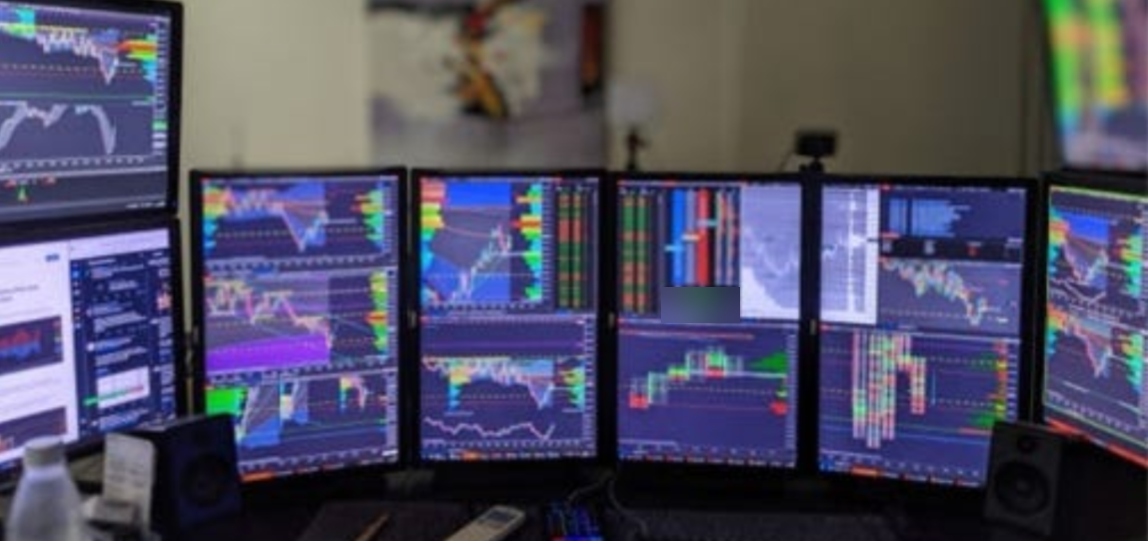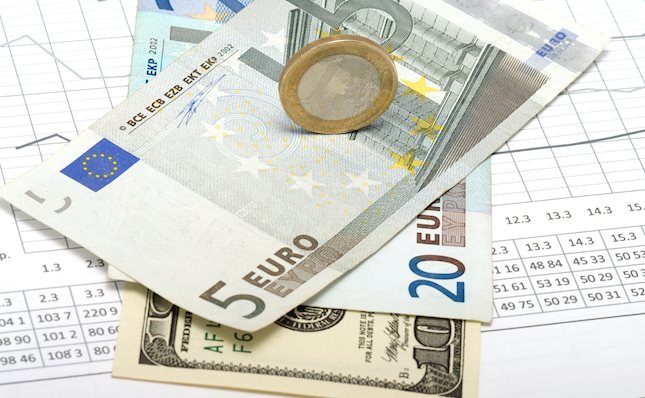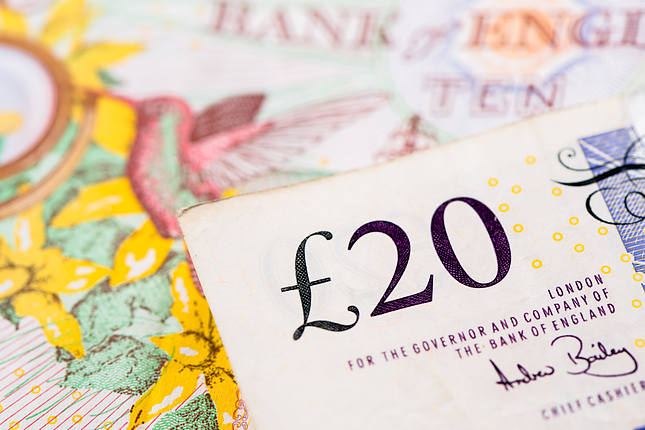Ever played the game Chinese Whispers?
Keep reading to discover how it has corrupted the real meaning of risk to reward.
In Chinese Whispers, a message is whispered from person to person. With each pass, slight variations occur until the final "version" is a mutated form of the original—missing key points and including invented ones.
Similarly, a mutation has corrupted the common understanding of risk-to-reward. And this misconception is harming most traders.
Let me illustrate with an actual trading example. But first, let's break down the flawed risk-to-reward understanding:
The typical approach goes like this: enter at $10, risk $2, target $16. A 3:1 reward-to-risk ratio sounds great, so you put on the trade.
What happens next?
You realise your target is seldom reached. Right? Maybe it works once in a blue moon, but mostly, this unfolds:
If the market moves in your favour, it inevitably retraces and stops you out before hitting the target. So you try using trailing stops, break-evens, scaling out... But you still end up losing overall more often than not.
And for some, you get so frustrated at being stopped out before the target you resort to...averaging down. And just like that you're playing Russian roulette with your account.
What's the problem?
There are two critical issues.
First, the market tells you how far it can go—but you're not listening. Not because you don't want to, but because you don't comprehend its language.
Second, you lack a playbook of strategies enabling ideal trade entries—when odds favour an immediate move in your direction seven out of ten times.
For the remaining three out of ten times, price doesn't move favourably right away. But it only needs to budge insignificantly for you to know you should exit. Think of this as a paper cut that isn't detrimental to your account.
(Quick clarification: An initial move in your favour doesn't guarantee a profitable trade. But it does create a cushion of profit. You can use this cushion to avoid a losing trade.)
Why is trading structured this way?
Simple. The trading game is deliberately opaque—to ensure the majority of traders lose to pay the few who win.
But what if you know when to enter and when to exit because you understand how the market communicates when to act? Using recent trading in the AUDUSD futures traded on the CME, let me illustrate.
On May 16th, our plan allowed trading the short side but only as far down as 0.6664.
There was no profit target—just a defined invalidation point for short trading, i.e. "No Longer Short." at 0.6664. But see how the trade ended well before reaching this price?
PS: Do you also see how the short entry works immediately?
Our plan continued into May 17. But this time price moved as far as our plan would allow for short trading. The price got close enough to 0.6664, and the trade was closed.
PS: Do you also see how the first short entry is a papercut loss?
And here's a side-by-side comparison of both days. No pre-determined profit targets.
PS: Do you also see how the exits hold onto your profits?
You're no longer wrestling with:
-
Not knowing when to take profits because the market has gone as far as it can.
-
Timing your entries for an immediate cushion or papercut loss.
Below is a photo of my trading station. The many windows you see are used in concert to know, listen, and comprehend what the market is saying.
Overwhelming?
There's no need. Just like juggling, you start with two then three, then four etc.
Your aha moment?
If you know the best action to take because you can comprehend what the market is saying, then its transformative for your trading. Agree?
In summary
Risk-to-reward ratios are delusional because trading is about probabilities revealed through understanding the market's language. That's why a battle-tested playbook of strategies is vital —both for strategic entries and avoiding either exiting too soon or exiting too late for your profits.
Forex and derivatives trading is a highly competitive and often extremely fast-paced environment. It only rewards individuals who attain the required level of skill and expertise to compete. Past performance is not indicative of future results. There is a substantial risk of loss to unskilled and inexperienced players. The high degree of leverage can work against you as well as for you. Before deciding to trade any such leveraged products you should carefully consider your investment objectives, level of experience, and risk appetite. The possibility exists that you could sustain a loss of some or all of your initial investment and therefore you should not invest money that you cannot afford to lose. You should be aware of all the risks associated with trading on margin, and seek advice from an independent
Editors’ Picks

EUR/USD extends slide toward 1.0300, touches new two-year low
EUR/USD stays under bearish pressure and trades at its lowest level since December 2022 below 1.0350 on Thursday. The pair turned south amid a resurgent US Dollar demand and worsening market mood. Investors stay cautious at the onset of 2025, awaiting the US jobs data for fresh incentives.

GBP/USD slumps to multi-month lows below 1.2450
Following an earlier recovery attempt, GBP/USD reversed its direction and declined to its weakest level in nearly eight months below 1.2450. The renewed US Dollar (USD) strength on worsening risk mood weighs on the pair as markets await mid-tier data releases.

Gold benefits from risk aversion, climbs above $2,640
Gold gathers recovery momentum and trades at a two-week-high above $2,640 heading into the American session on Thursday. The precious metal benefits from the sour market mood and the pullback seen in the US Treasury bond yields.

XRP rockets 11% as Bitcoin starts New Year with bullish bang
Crypto majors zoomed higher in the past 24 hours as the market entered a widely expected bullish year, with Bitcoin inching above $95,000 to shake off losses from last week. XRP surged 11% to lead growth among majors as of Thursday, led by $1.3 billion worth of trading volumes on Korea-focused exchange UpBit.

Three Fundamentals: Year-end flows, Jobless Claims and ISM Manufacturing PMI stand out Premium
Money managers may adjust their portfolios ahead of the year-end. Weekly US Jobless Claims serve as the first meaningful release in 2025. The ISM Manufacturing PMI provides an initial indication ahead of Nonfarm Payrolls.
RECOMMENDED LESSONS
Making money in forex is easy if you know how the bankers trade!
Discover how to make money in forex is easy if you know how the bankers trade!
5 Forex News Events You Need To Know
In the fast moving world of currency markets, it is extremely important for new traders to know the list of important forex news...
Top 10 Chart Patterns Every Trader Should Know
Chart patterns are one of the most effective trading tools for a trader. They are pure price-action, and form on the basis of underlying buying and...
7 Ways to Avoid Forex Scams
The forex industry is recently seeing more and more scams. Here are 7 ways to avoid losing your money in such scams: Forex scams are becoming frequent. Michael Greenberg reports on luxurious expenses, including a submarine bought from the money taken from forex traders. Here’s another report of a forex fraud. So, how can we avoid falling in such forex scams?
What Are the 10 Fatal Mistakes Traders Make
Trading is exciting. Trading is hard. Trading is extremely hard. Some say that it takes more than 10,000 hours to master. Others believe that trading is the way to quick riches. They might be both wrong. What is important to know that no matter how experienced you are, mistakes will be part of the trading process.

Best Forex Brokers with Low Spreads
VERIFIED Low spreads are crucial for reducing trading costs. Explore top Forex brokers offering competitive spreads and high leverage. Compare options for EUR/USD, GBP/USD, USD/JPY, and Gold.
